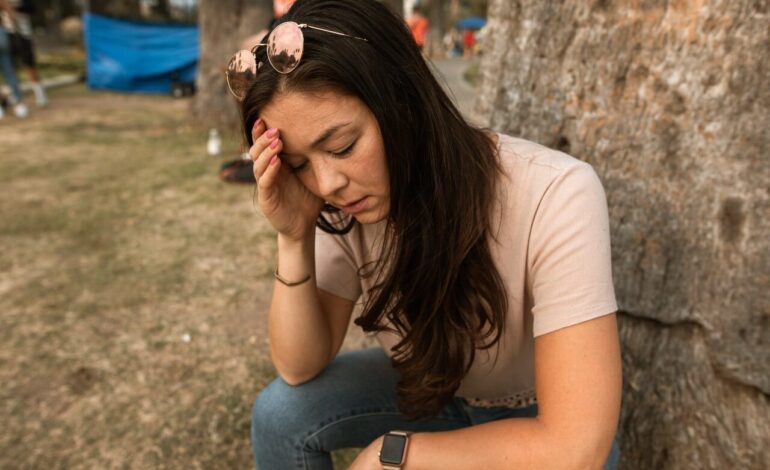Bipolar affective disorder or manic-depressive illness is a mood disorder characterized by periods of profound depression that alternate with periods of excessive elation and irritable mood known as mania. Individuals will suffer from extreme mood swings that interfere with personal relationships, occupational function, and daily activities. Bipolar disorder is one of the most stigmatized mental health disorders mainly because there is so much misconstrued information about this disorder.
Mood Swings
Myth: Mood swings always suggest bipolar disorder
Fact: Mood swings can occur for many different reasons including menstrual symptoms, substance abuse, hormonal disorders, autoimmune disorders, and in individuals taking certain medications.
Distractibility
Irresponsibility and erratic behavior
Grandiosity
Flight of ideas
Increased activity associated with weight loss and sexual libido
Decreased sleep
Pressured speech
Sleep disturbance
Loss of interest in activities
Feelings of guilt
Loss of energy
Difficulty concentrating
Change in appetite
Psychomotor agitation
Sadness
Suicide ideations
Depression due to Bipolar Disorder
Myth: Periods of mania must alternate with periods of depression in order to be diagnosed with bipolar disorder
Fact: Bipolar disorder is divided into two types: Type 1 and Type 2, which are each, differentiated by the severity of the manic episodes. It is a punctuated disorder rather than a cyclical disorder and many individuals can act and feel completely normal in between their depressive and manic episodes.
Bipolar disorder type I (BPI) is characterized by alternative severe depression and mania which leads to hospitalization or significant impairment in functioning.
In comparison bipolar disorder type II (BPII) is characterized by episodes of severe depression that are punctuated by hypomanic episodes. Hypomania is a less severe form of mania that does not result in psychosis or cause impairments in social or occupational functioning.
Cyclothymic disorder is diagnosed in individuals who portray periods at least two years in duration of both hypomanic and depressive symptoms without meeting the full criteria for hypomania, mania or major depression.
Experiencing Manic Episodes
Myth: Individuals who have been diagnosed with bipolar disorder are always either experiencing mania or depression
Fact: Individuals with this disorder can experience long periods of even, balanced mood called euthymia.
Conversely, they may sometimes experience what’s referred to as a “mixed episode,” which has features of both mania and depression at the same time. Manic episodes seen in BPI must last at least one week in duration whereas hypomanic episodes seen in BP2 must last for four consecutive days in duration.
Depressive episodes must last for at least two weeks in duration. So, in other words, it is possible for an individual to have symptoms of depression for 2 weeks, to be clear of symptoms for one month and then to exhibit one week of manic symptoms.
Productive State of Mind
Myth: Mania is a productive state of mind. You are very productive and are fun to be around
Fact: Mania can be extremely harmful to the individual and to others. A manic person may lose control of their thoughts and actions and even lose touch with reality causing self-harm and harm to others.
It is common for individuals who are experiencing mania to go on lavish spending sprees, engage in high risk behavior such as gambling or drugs, engage in adrenaline seeking activities such as driving fast and also to exhibit suicidal ideations. Manic episodes can invoke self-harm and harm to others. Individuals are usually unaware of these events after their manic state has resolved.
Bipolar is a Rare Condition
Myth: It’s a rare condition
Fact: Bipolar disorder affects 2 million adults in the United States.
This disorder affects men, women, children and adolescents from all different ethnic backgrounds and social classes. The age of onset for bipolar disorder ranges from childhood to 50 years of age with the average age being 21. There is nearly an equal male-to-female ratio for this disorder.
24/7 ADMISSION HELPLINE 888-629-6707




